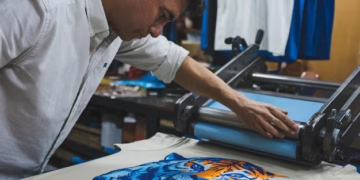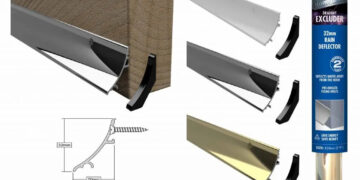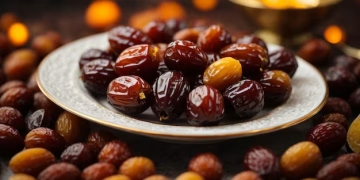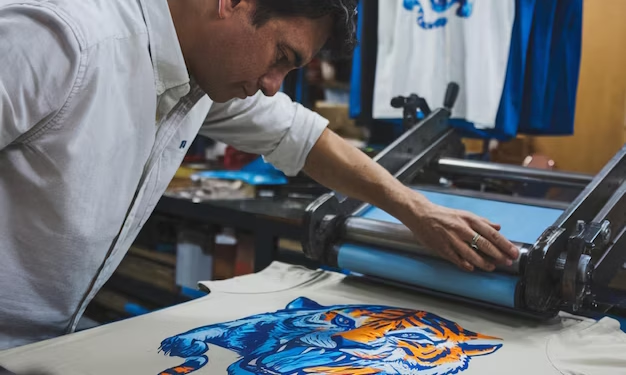Screen printing is one of the most effective methods for creating custom hoodies, offering durability, vibrant colors, and cost-efficiency for bulk orders. Whether you’re producing apparel for a brand, an event, or personal use, mastering the process is essential to achieving high-quality results. From fabric selection to the final curing stage, every step plays a crucial role in ensuring a professional finish that lasts.
Choosing the Right Hoodie for Screen Printing
The quality of the final print depends heavily on the fabric of the hoodie. Screen printing hoodies made from cotton produce the best results due to the fabric’s ability to absorb ink effectively, resulting in vibrant and long-lasting prints. Cotton-polyester blends offer additional durability and a softer feel, but they require special ink to prevent dye migration. Fleece-lined hoodies, while comfortable and warm, need low-cure inks to avoid scorching during the curing process.
Hoodie texture and weight also impact the print outcome. Heavier fabrics provide a solid base for bold designs, while lightweight materials may require adjustments in ink application to avoid oversaturation. The smoother the fabric surface, the sharper and more detailed the final screen printing hoodies will appear.
Understanding the Screen Printing Process
The screen printing process begins with design preparation. The artwork is transferred onto a mesh screen that has been coated with emulsion. Once exposed to UV light, the emulsion hardens, creating a stencil that allows ink to pass through specific areas of the fabric. The hoodie is positioned carefully on the platen of the printing press to ensure alignment and consistency across multiple prints.
Ink application is a crucial step in achieving a professional finish. Using a squeegee, ink is evenly spread across the screen and pressed into the fabric. Plastisol ink is the most commonly used option due to its opacity and durability, producing bold, vibrant colors with a slightly raised texture. Water-based inks offer a softer feel and a more eco-friendly alternative but require additional curing time.
Once the ink is applied, curing ensures that the print bonds permanently with the fabric. This step is essential for durability, preventing the design from fading or cracking over time. A conveyor dryer or heat press is typically used to cure the ink at the appropriate temperature. Skipping or improperly executing this step can significantly impact the longevity of the print.
Key Factors for High-Quality Screen Printing
Achieving crisp, professional prints requires attention to several important factors. Mesh count selection plays a vital role in print quality. Lower mesh counts are ideal for bold designs with thick ink layers, while higher mesh counts are suited for intricate details and fine lines.
Pre-treating the hoodie before printing is another critical step. Washing and heat-pressing the fabric help eliminate moisture and wrinkles, ensuring smooth ink application. Conducting test prints on sample materials allows for necessary adjustments before full production begins.
Proper ink distribution is essential for maintaining consistency. Applying too much ink can lead to smudging, loss of detail, and uneven textures. Using a flash dryer between layers is recommended for multi-color prints, as it prevents colors from blending and maintains design integrity.
Avoiding Common Mistakes in Screen Printing
Several mistakes can compromise the quality of screen-printed hoodies. One of the most common errors is misalignment, which results in off-center or uneven prints. Proper registration techniques should be used to keep the design consistent across multiple garments.
Using the wrong ink for the fabric type can also create issues. Polyester-based hoodies require low-bleed inks to prevent color migration, while incorrect curing temperatures can lead to cracking or fading. Ensuring that hoodies are cured at the correct heat setting is essential for print longevity.
Skipping proper cleaning and maintenance of screens and squeegees can lead to ink buildup, affecting print clarity. Regular maintenance ensures that every print is sharp and free from imperfections.
Best Practices for Long-Lasting Screen Prints
To preserve the quality of screen-printed hoodies, proper care is essential. Washing the hoodie inside out with mild detergent prevents unnecessary friction that can wear down the design. Avoiding high heat in dryers and opting for air drying can further extend the life of the print.
For businesses and clothing brands, investing in high-quality equipment and refining printing techniques is key to producing professional-grade hoodies. By following best practices, screen printing can become a reliable method for creating durable, custom apparel with vibrant, eye-catching designs.
Digital marketing is the use of the internet and electronic devices to promote products or services. It includes tactics like social media ads, email campaigns, search engine optimization (SEO), and online content to connect businesses with potential customers. It's a fast, targeted, and measurable way to reach people where they spend their time—online.






























































